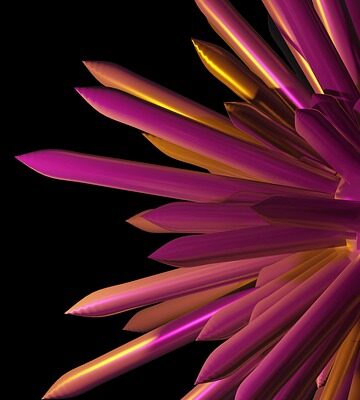The Importance of Texturing and Lighting in 3D Rendering
Texturing
Texturing is a crucial aspect of 3D rendering that can make or break the final look of a scene. Textures are images that are applied to the surfaces of 3D models to give them a realistic and detailed appearance. Without proper texturing, even the most expertly modeled objects can look flat and lifeless.
There are two main types of textures used in 3D rendering: diffuse textures and specular textures. Diffuse textures determine the color and pattern of an object’s surface, while specular textures control how light interacts with the surface, giving it a shiny or matte appearance.
When texturing a 3D model, it’s important to consider factors such as scale, tiling, and resolution. Textures should be high-quality and seamless to avoid visible seams or pixelation. Properly applied textures can add depth and realism to a scene, making objects appear more lifelike and natural.
In addition to diffuse and specular textures, other types of textures, such as bump maps, displacement maps, and normal maps, can be used to add detail and complexity to a 3D model. These textures simulate surface imperfections, wrinkles, or other subtle variations that make objects look more realistic.
Lighting
Lighting is another crucial element of 3D rendering that can significantly impact the overall look and feel of a scene. Proper lighting can enhance textures, create depth, and evoke emotion in a 3D render. Without realistic lighting, objects can appear flat, dull, and unconvincing.
There are various types of lighting techniques used in 3D rendering, including ambient lighting, point lighting, directional lighting, and area lighting. Each type of lighting has its own strengths and weaknesses, and the choice of lighting technique can greatly affect the mood and atmosphere of a scene.
In addition to the type of lighting used, the placement and intensity of lights are also important considerations in 3D rendering. Lights should be positioned strategically to highlight key features of a scene and create realistic shadows and highlights. Adjusting the intensity and color of lights can also help set the tone and mood of a render.
Texturing and Lighting in Practice
Workflow
In the world of 3D rendering, texturing and lighting are often seen as two separate phases of the process. Texturing is typically done first, followed by lighting, and then fine-tuning and adjustments as needed. However, in practice, the lines between texturing and lighting are often blurred, with artists constantly adjusting and refining both aspects to achieve the desired look.
One common workflow for texturing and lighting in 3D rendering involves creating rough textures and basic lighting setups early in the process to establish the overall look and feel of a scene. As the project progresses, artists refine and iterate on both texturing and lighting to achieve a more polished and realistic result.
Tools
There are many tools available to help artists with texturing and lighting in 3D rendering. Software such as Substance Painter, Mari, and ZBrush are commonly used for texturing, providing artists with a wide range of tools and features to create and apply textures to 3D models.
For lighting, software like Autodesk Maya, Blender, and Cinema 4D offer advanced lighting tools and features to help artists create realistic lighting setups. These tools allow artists to simulate real-world lighting conditions, adjust light properties, and create complex lighting effects.
In addition to software tools, artists can also use physical lighting setups and photography techniques to inform their 3D lighting. By studying real-world lighting scenarios and experimenting with different lighting techniques, artists can enhance the realism and authenticity of their 3D renders.
Conclusion
Texturing and lighting are essential components of 3D rendering that play a critical role in creating realistic and believable scenes. By carefully considering factors such as texture quality, lighting placement, and intensity, artists can elevate their renders to a new level of realism and immersion.
By understanding the importance of texturing and lighting in 3D rendering and incorporating best practices and techniques into their workflows, artists can create stunning and lifelike 3D renders that captivate viewers and evoke emotion. Texturing and lighting are both art forms in their own right, and mastering these aspects of 3D rendering can help artists push the boundaries of what is possible in the world of digital art.
